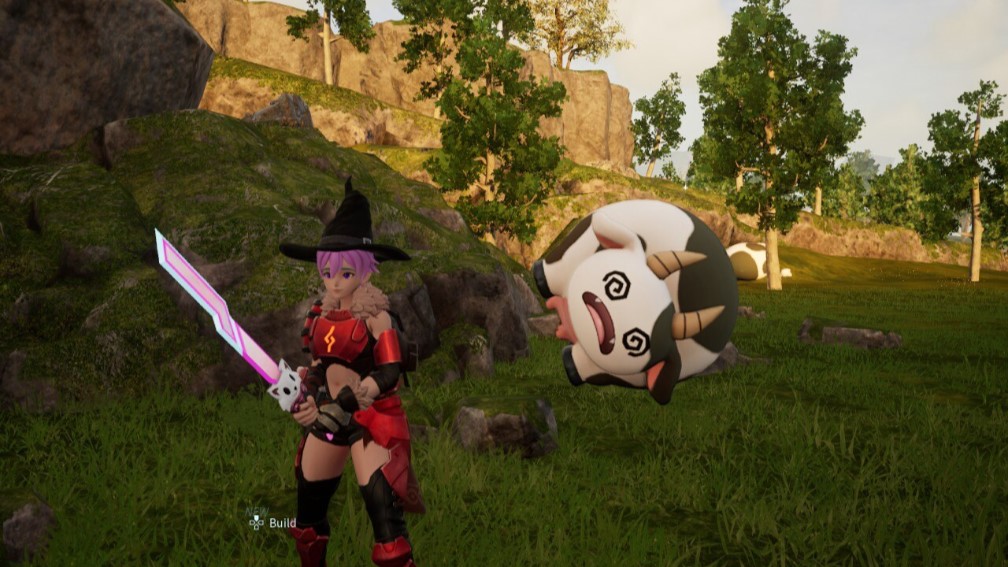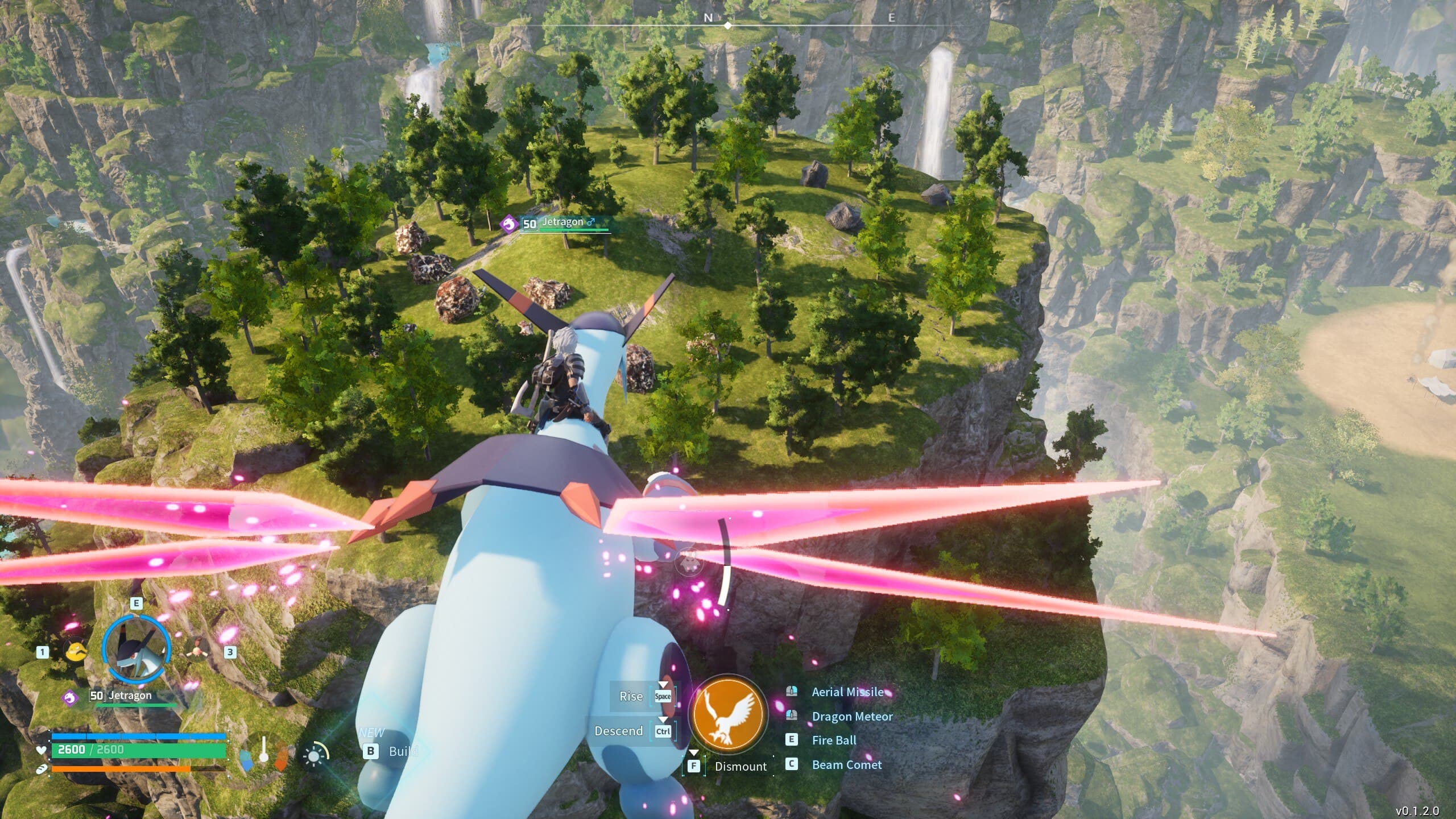
Nintendo’s ongoing patent infringement lawsuit against Pocketpair, creators of Palworld, has primarily been confined to Japan so far, where they’re seeking over $66,000 in damages for three patent claims. But could this legal battle soon extend to the US? Recent developments suggest that Nintendo may be preparing for a similar fight on American soil.
It appears that Nintendo will have a much harder fight on its hands in the US though, with GamesFray reporting that the United States Patent and Trademark Office (USPTO) overwhelmingly rejected 22 out of 23 of Nintendo's patent claims.
What’s happening with Nintendo’s case in the US?
While there isn’t an active lawsuit in the US just yet, Nintendo is making moves that indicate they might be laying the groundwork for future litigation. Specifically, Nintendo has been working to expand its patent portfolio in the United States, building a legal foundation that could support a future case, much like the one currently underway for patents in Japan.
One patent that has been successfully given to Nintendo is U.S. Patent No. 12,179,111 which covers the process of aiming and capturing characters. This was filed for after Palworld's launch but in patent law, companies often build "patent families" where later patents are connected to earlier filings. It's legal but isn't a good look.
In December, prior to Palworld's huge Feybreak DLC which saw the game hit concurrent highs of 200k players, the game was updated to amend these capture mechanics possibly in direct response to this patent infringement suit. The update in question caused a bunch of bugs and many blamed Nintendo for pushing Pocketpair to a quick fix.
Recent patent successes for Nintendo in the US
On February 11, GamesFray reported that Nintendo has been awarded another patent in the US. This patent is so new that it doesn't yet appear on Google Patents, but the site found it was filed on July 18, 2024. This patent covers methods of capturing characters, including aiming points, indications of the likelihood of successfully capturing a virtual character, and how to display the captured character and another virtual character starting to fight. Sound familiar?

Additionally, an attorney representing Nintendo has called a meeting with the U.S. patent examiner to discuss a patent application related to the "smooth switching of riding objects in a game." The USPTO is willing to grant only one out of 23 claims from this application if Nintendo drops the other 22 claims. Nintendo may have requested this meeting to persuade the examiner to grant more claims or to agree to separate the allowable claim from the others to get it approved more quickly.
In simple terms, all of this action shows that Nintendo is trying to strengthen their patent portfolio by negotiating with the patent office to get more of their ideas officially recognized and protected. Florian Mueller, a prominent legal expert and owner of GamesFray, has closely followed the case and commented on the challenges Nintendo faces in the US. "They're clearly trying to get there, but it looks more difficult than they might have thought at the outset." he said "For example, the fact that the USPTO is prepared to grant only one out of 23 claims of one of those patents is a setback for Nintendo. But they are fighting."
Could this lead to legal action in the US?
Though the US patent battle has yet to fully unfold, these filings suggest Nintendo is committed to ensuring that its intellectual property is protected. While the request for 66K in damages isn't a huge amount by Nintendo standards, if successful, this could have broad implications for the gaming industry, something I've discussed before in 'Why we should be concerned about Palworld's lawsuit."
The case in Japan if successful could set a worrying precedent for patent disputes involving game mechanics. Such cases might affect not only Palworld but potentially other games using similar systems, or stifling creativity in future game development. Afterall, how many other games have taken similar systems from one another to improve upon and push the gaming industry forward?







